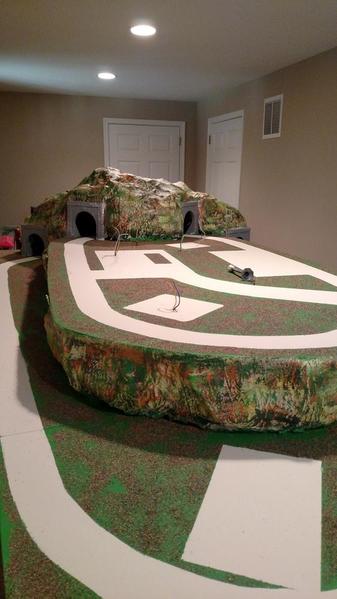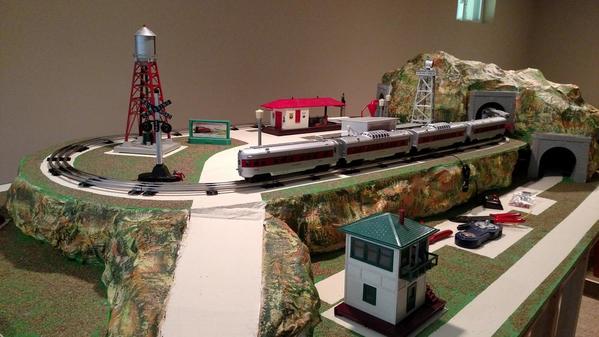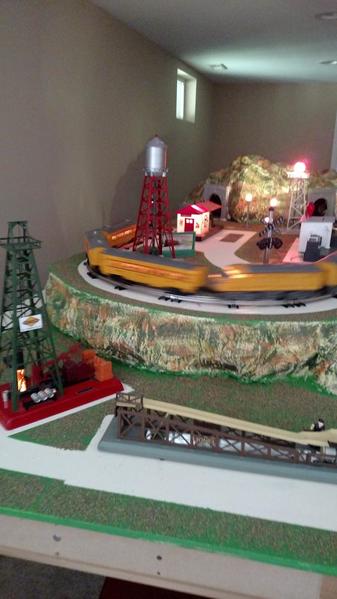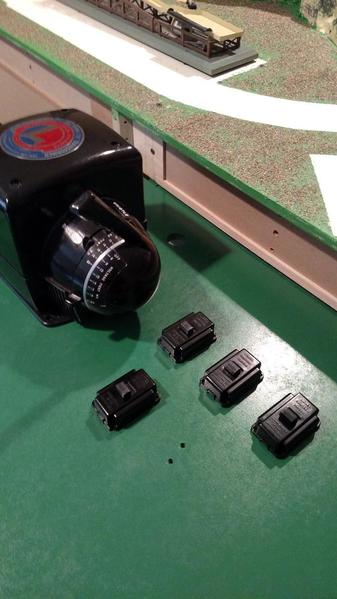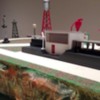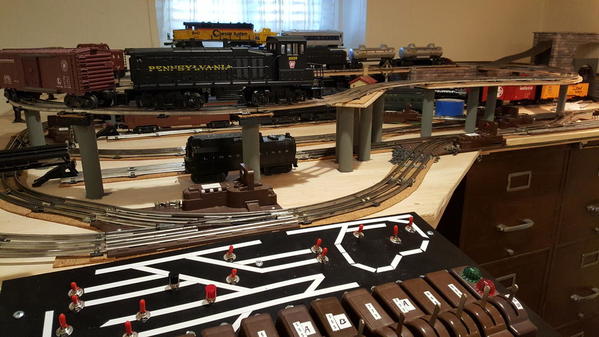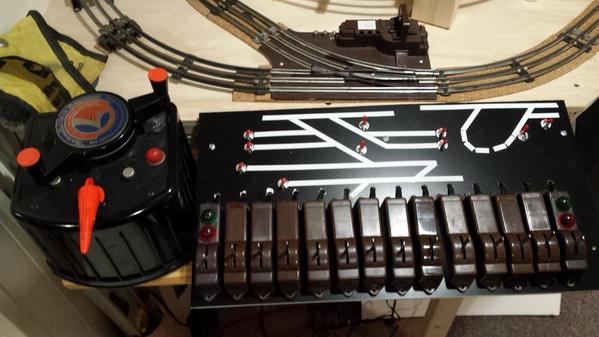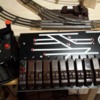Nearly everything I own is on a power strip with its own 5 to 7a breaker; new or old. The layout with 5 transformers (440w) has a ten amp strip. The 50w Marx unit that runs my micro in a television is only thing without one. I have it, but just haven't wired the rocker type in yet; it will be by the cord on the back panel.
The internal breakers on my big units are fine working order. I derail, and bridge rails with tools often enough to know their response times, 4-7 seconds.
I have some "toasty" and corrosion bit 1033 breakers that I had to clean, tweak, and dial in; THOSE have fast acting fuses for back up added.(vs a slow blow fuse... there are both folks. )
I run fuses for lights and accessories because they often have lighter wire, that will burn before a breaker trips, and have less robust builds as a "rule". Combined with an inability to be quickly plucked off the rails, it is a good idea with all those amps available to the thin wire.
Ive never cooked a loco motor via track shorts. I have melted tenders, cabooses, and passenger cars, and always by derail, on rails that heated, or roller shorts...( I had a cold solder make a metal whistle motor run hot enough to warp the side of a plastic shell.)
And one passenger cars bulb fixtures suffered meltdowns by being parked bridging two multi transformer track blocks for a long while. QUALITY bulbs bit me there. Cheapies likely would have burnt out sooner, lol.
I HAVE "curled" some e unit "fingers" in my day overworking motors, but I think they are possibly sacrificial themselves at times, lol.
But motors? Pretty much only the rectified dc motors have ever "cooked" in my hands. I usually just over work them  Well..one I forgot was dc and unrectified
Well..one I forgot was dc and unrectified  ..it went about 10ft smoking like a chimney though
..it went about 10ft smoking like a chimney though  ) Derails have taken out two home rectified 0-4-0 starter set can motors
) Derails have taken out two home rectified 0-4-0 starter set can motors
I almost always use wire with a heavier gauge than needed. That goes for repairs too. It helps ensure the breaker/fuse is the weak link. I hate melted insulation on top of the issue that caused it; fat wire usually helps.
"Breaker only protects the transformer" is right to some extent. But that is assuming the external circuit isnt as robust. When it is a good match, the thermal breaker is pretty sufficient. A long lighted PW multi engine passenger train or two might actually draw that 10a in a peak under load too, 6-8a continuous isnt unkown. My old Hudson was peaking at 5.5 before messing with the smoke and bulb. I bet it hits 7 peak alone now. (A prime puller, 20 heaviest, uphill, lol. If it had magnetraction or a tire it would climb walls)
A fuse or sensing drop out IS faster though, and a lazy breaker in a big transformer is no joke. I should use more fuses....maybe tonight. I just found another old VW's fuse box and clear plastic cover and tossed on my nook to hit the electrical box, and I have plenty of vintage European open style fuses. I already use a smaller fuse holder and clear cover from a 69 Bugs accessory parts list, for 5v, 11v/11v half wave constants. I like the clear covers looks(when plain, no icons), and ability to easily see a fuse element on open style fuses is a bonus. They are even "rebuildable" if you wanted to try to match wire gauge thin enough burn off at the match of amps.
Protection IN the train is really the best way to protect and still have the catch all versatility in delivery we need, new or old. No reason you cant put a fuse(+/or tvs) IN them too if it's that big a worry. To most pw folks we have enough confidence in the "bulletproof" overkill to not worry about killing them easily. In fact it's even kinda hard if you ram them head to head  or get tinsel caught in the electrical work...or gears....axles...rollers. Old Lionels laughed at most abuse.
or get tinsel caught in the electrical work...or gears....axles...rollers. Old Lionels laughed at most abuse.
Man that tree tinsel did get everwhere didn't it?
The biggest offender to electronic boards( in general, non-train) in my experience, is static. Which is a transient voltage too, so: filter caps, tvs on board; extra protection at the track, dont pet kitty or that other fluffball and then reach for your new Legacy.
....and mostly just cross your fingers a lot.





